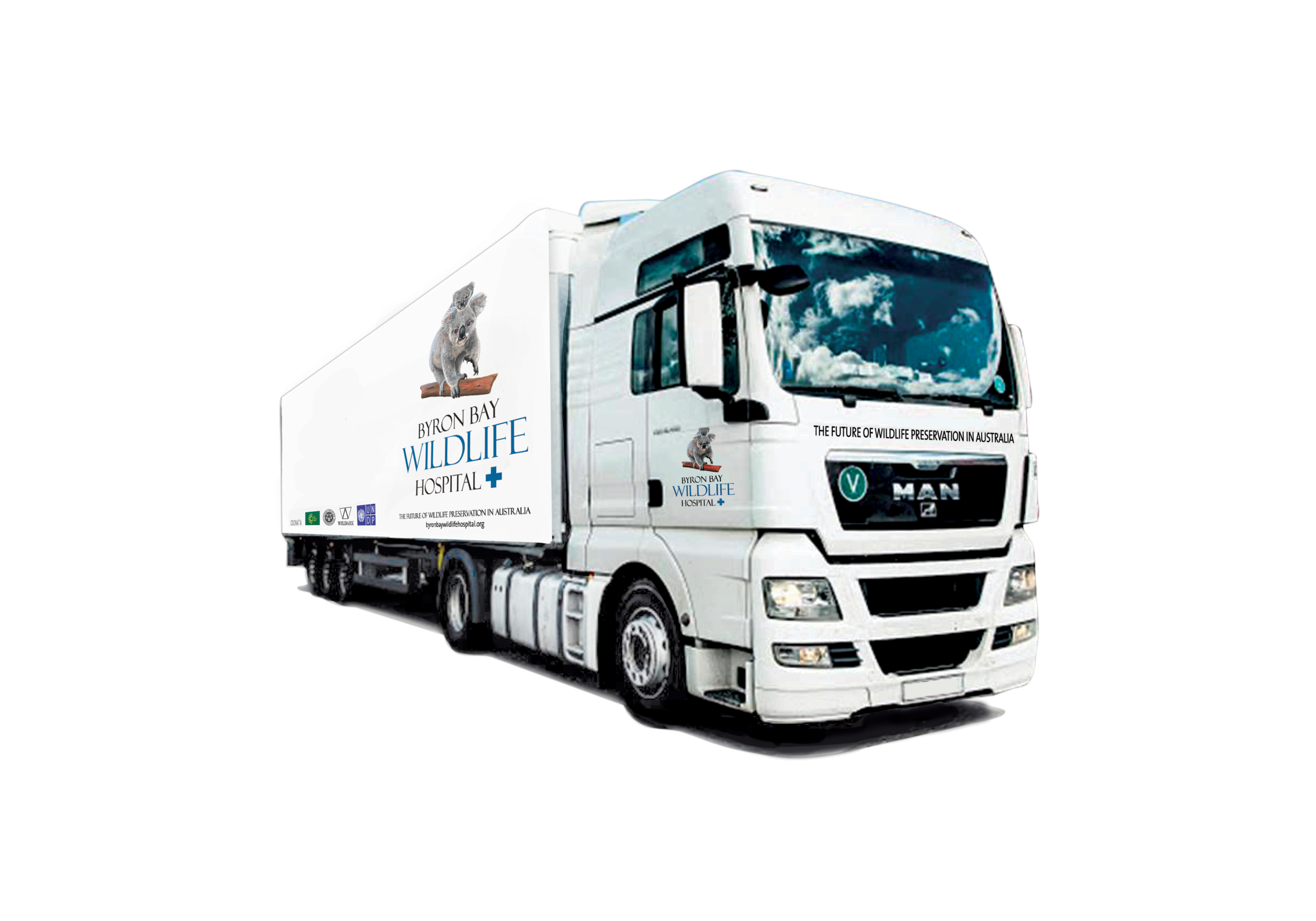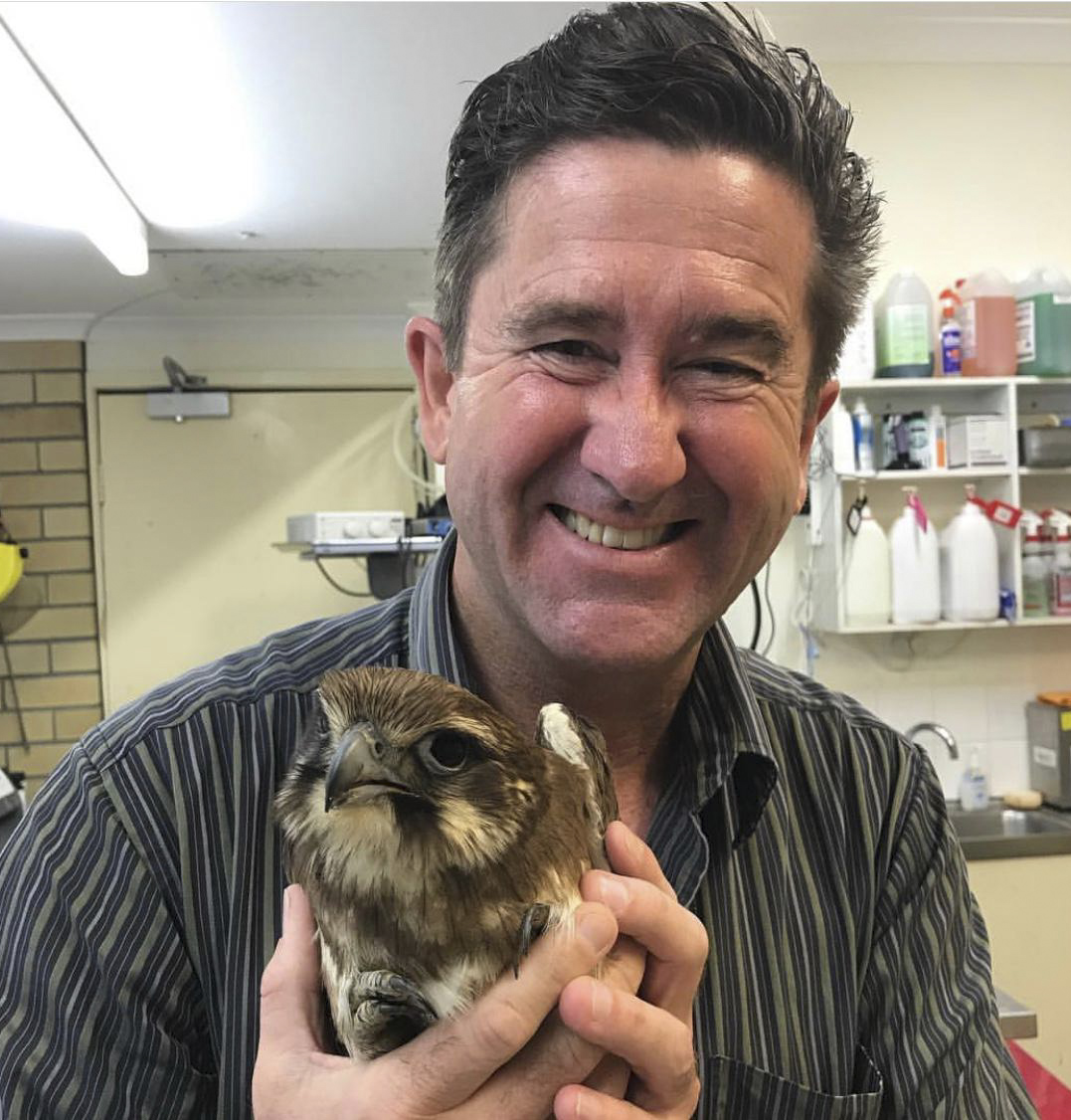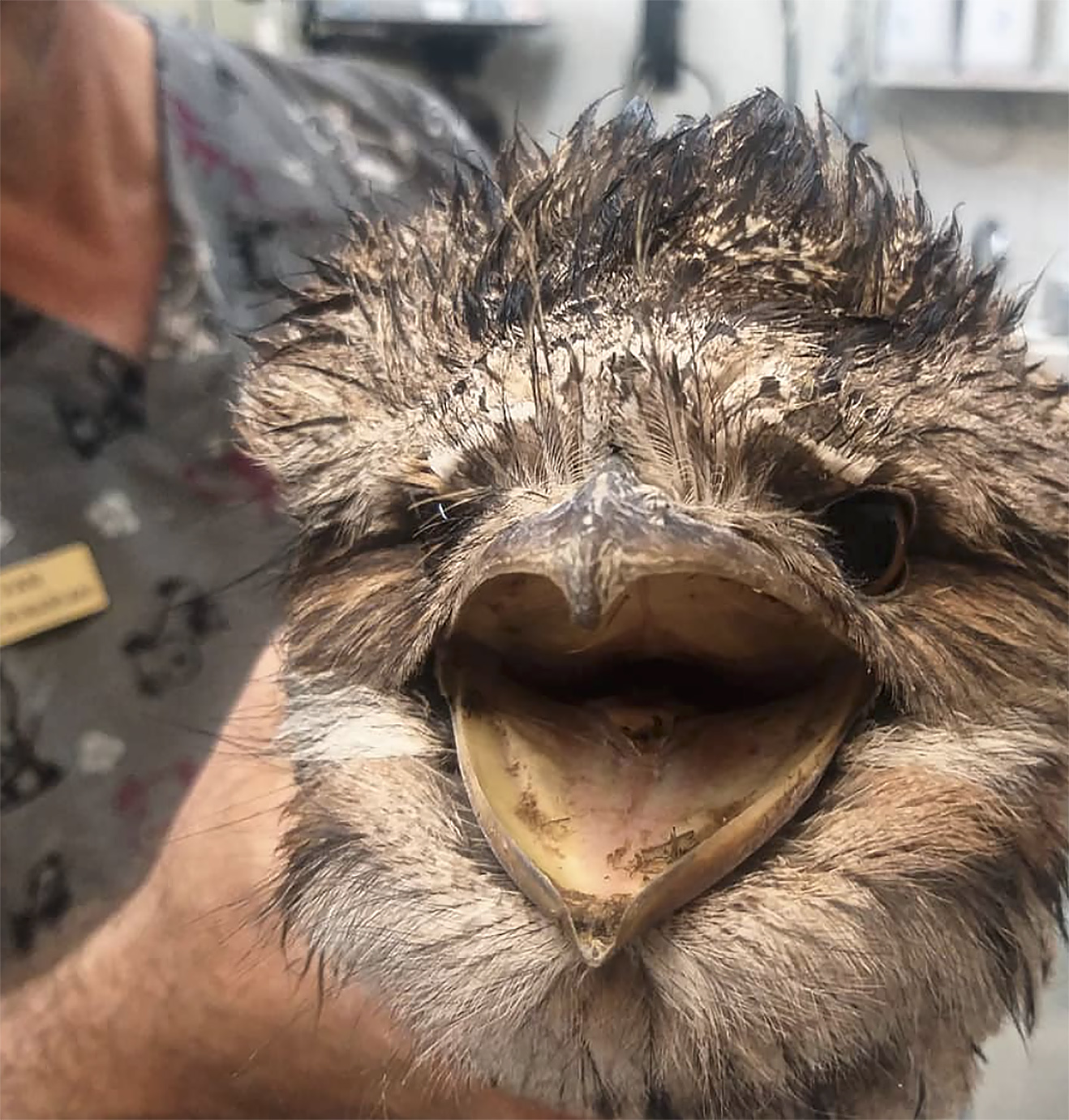WildArk, David Yarrow, and Global Wildlife Conservation are thrilled to announce that we have donated AUS$30,000 from the #KoalaComeback Campaign to the Byron Bay Wildlife Hospital.
The 2019/2020 summer bushfires were the worst on record, with unparalleled drought and scorching temperatures fuelling massive bushfires across Australia. An estimated 1 billion native species were lost, often because specialist medical care was not available.
Two Australian Veterinary Surgeons Dr. Stephen Van Mil and Dr. Evan Kosack are building Australia’s largest mobile wildlife hospital based in Byron Bay. They aim to provide specialist care and cutting-edge treatment to wildlife in the Northern Rivers of NSW and to treat wildlife during a crisis anywhere in Australia.
WildArk caught up with Co-Founder, Director, and CEO, Dr. Van Mil, to find out more about the hospital and why its services are crucial for both wildlife in the Northern Rivers and other parts of Australia during times of crisis.

The Byron Bay Wildlife Hospital will be the largest mobile wildlife hospital in Australia Photo: © Byron Bay Wildlife Hospital
WildArk: How did the idea for the Byron Bay Wildlife Hospital come about?
Steve: I have worked across a lot of veterinary practices in the Northern Rivers, and people bring in wildlife every day. More often than not, these animals have to be put to sleep because most veterinary practices are hectic, single-person practices. The Currumbin Wildlife Hospital on the Gold Coast is the busiest in the world, it receives 12,000 admissions a year, with about 1/3 of its patients coming from the Northern Rivers. There is a huge demand for wildlife veterinary services in our region and it doesn’t exist so it seemed like an obvious idea.
WildArk: Please give us an overview of some of the threats facing wildlife in the Northern Rivers?
Steve: The Northern Rivers is one of the most wildlife-rich regions of Australia. We’ve got a great diversity of ecosystems and an array of wildlife. Many people are moving to the area for lifestyle resulting in habitat destruction with more roads, more cars and more domestic animals. Wildlife is suffering. Then you go and throw in a drought or catastrophic bushfire, and they are in serious trouble.
WildArk: Why have you decided to build a mobile hospital?
Steve: To build a dedicated wildlife hospital as a building takes a lot of time, money, and approvals. We initially conceived of the idea of a mobile hospital as a time-saving exercise. It will only take three months to build; it will be based in Byron Bay, and, most importantly, it is mobile, so the whole hospital can go anywhere in Australia if required.



(Pictured left) A sea turtle that had to be euthanised due to probable plastic ingestion; (centre) CEO, Director and Co-Founder Dr Stephen Van Mil; (right) A Tawny frogmouth that was caught in a fence and after x-rays was given the all clear. Photos © Byron Bay Wildlife Hospital.
WildArk: What exactly is a mobile wildlife hospital?
Steve: The hospital is a fully functional hospital that has everything a fixed building hospital would have. It is 14.7 meters long and 2.6 meters wide and can extend out to 4.6 meters when stationary. Our veterinary experts designed it along with an architect, and it is the first of its kind in the world. The beauty of it is that it is entirely self-sufficient. It has solar panels, two generators, deep cell batteries, rainwater and wastewater collection tanks. It can arrive anywhere and start operating straight away.
WildArk: Will the design be available for others to use?
Steve: Thanks to our partnership with ODANATA, we are looking at rolling out more of these hospitals around Australia and New Zealand. We know there is a need, and if anywhere in the world thinks it’s a good idea, we are happy to share the IP.
WildArk: Please tell us about the Super Vet Portal you are setting up to compliment the hospital?
Steve: We are setting up an online portal backed by our vets and specialist veterinary surgeons where registered vets can log in and present wildlife cases where they need advice. They can send photos, case notes, blood results, x-rays, and whatever they want, and the portal will respond quite quickly.


(left) Dr Evan Kosack assesses a huge pied cormorant with an injured wing; (right) A cheeky green tree frog with an injured back leg. Photos © Byron Bay Wildlife Hospital.
WildArk: Who are some of the experts behind this project?
Steve: We are fortunate the project has attracted the best wildlife vets in Australia and beyond. The chairman of the board is David Blyde, who is the Head Vet at the Seaworld Marine Rescue and Research Foundation. We also have Dr. Larry Vogelnest, Senior Vet at Taronga Zoo (30 years) who wrote the definitive textbooks on Australian wildlife medicine, and surgery, and a couple of local vets including Evan Kosack, and myself. We also have Meadow Greenwood who has done similar projects around the world, creating hospitals and rescue centres in the US, Ireland, and in Coffs Harbour. We have also attracted other wildlife vets including Claire Madden, who works alongside David Blyde at Sea World Research Foundation, and Amber Gillett, the former Senior Vet at Australia Zoo wildlife hospital and now wildlife artist (she designed the hospital’s logo). We have great support from Dr. Michael Pyne, the Senior Vet at Currumbin Wildlife Hospital.
We’ve also shortlisted five exceptional candidates, one of which will become our full-time Foundation Veterinarian.
WildArk: How will you involve the public in this project?
Steve: We need supporters, funds, and services. We are also hoping to set up a significant volunteer base. Members of the public can become actively involved with the hospital through our educational tours. We want to engage with school kids, locals, and tourists. It is all about information. If people know how to live with wildlife and treat wildlife appropriately, it will work out better for everyone.
WildArk: What sort of impact do you think you might have had, had the mobile hospital had been operational during last summer’s catastrophic bushfires?
Steve: I’m sad that we weren’t operational during this past summer’s bushfires. A mobile hospital like ours, with the skilled team attached, could have been deployed in any number of places. Theoretically, I would have loved to have had 6 – 7 of these mobile hospitals operating around the country. It would have changed a lot as far as the recovery of animals affected by bushfires, whether they were direct burns or smoke inhalation. We have several ventilators as part of our mobile hospital, and just like humans with Coronavirus, sometimes ventilation is the only thing that can save an animal that has been in a bushfire.
Unfortunately, we weren’t operational then. Still, I’m sadly certain there will be significant bushfires in the not too distant future, and we will be in a better position to assist.
Support the Byron Bay Hospital by donating on their crowd-funding page or purchase a case of Koala Lager.
Thank you also to Byron Bay Bronze for supporting this project.
